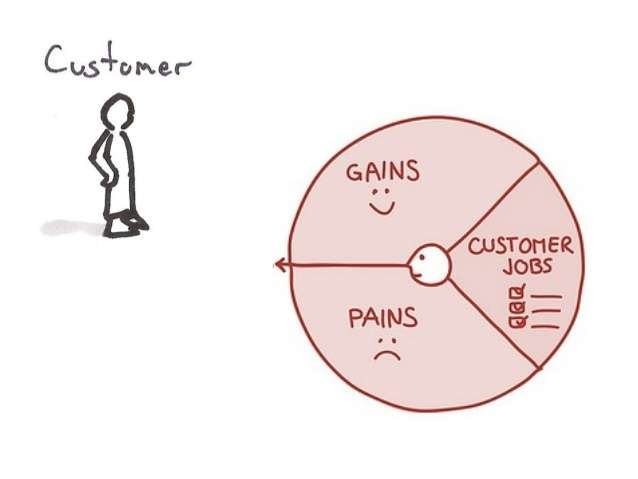Every now and then we meet a client that has an awesome, world-changing idea and the drive to execute it. They have found a problem and know the solution to it. It’s truly amazing to see and feel the passion of these people – they just pull you with them and make you a believer too.
“When can you start developing?” or “How soon will the project be ready?” are the first questions we, as a digital product agency, get. Although massively energized by the client’s positive attitude and amazing idea, we have to step back and look at the process objectively. How well thought through is the idea? Is there a market for it? Have they done any testing?

If the answer is no, then we suggest making a Minimum Viable Product (MVP). If you google it, then you’ll find various explanations for an MVP but in short, it’s a low-cost version (minimum) of the product but still useful and interesting (viable) for the end user.
At Thorgate, we like to use the Pareto principle when describing MVP; it is a product consisting of 20% of the features which give 80% of the required feedback or user satisfaction. Sounds like a reasonable strategy, right?
There’s no point in going all in before you have some tangible data and proof to justify your idea. That would be like marrying your beloved right after meeting them. It’s probably smarter to date, start living together and then see how good is the match.

There’s one main reason we suggest to our clients to make an MVP first: it’s all about testing the idea while keeping the expenses as low as possible. Usually, everyone has a limited budget to invest in designing and developing the product. Let’s imagine that fully creating product X takes four months.
You could invest all your money in creating the product but most probably you’d be sitting alone with your new baby while having no money to show it to the world. The smarter way to go would be to make an MVP in two months and start collecting market feedback with the help of marketing and other tools with the remaining budget. After you have proven that the idea carries weight on the market you can go all in.
In conclusion, it’s always smarter to make an MVP first before you marry your idea.
If you would like to hear more, then feel free to request a free MVP workshop here.

